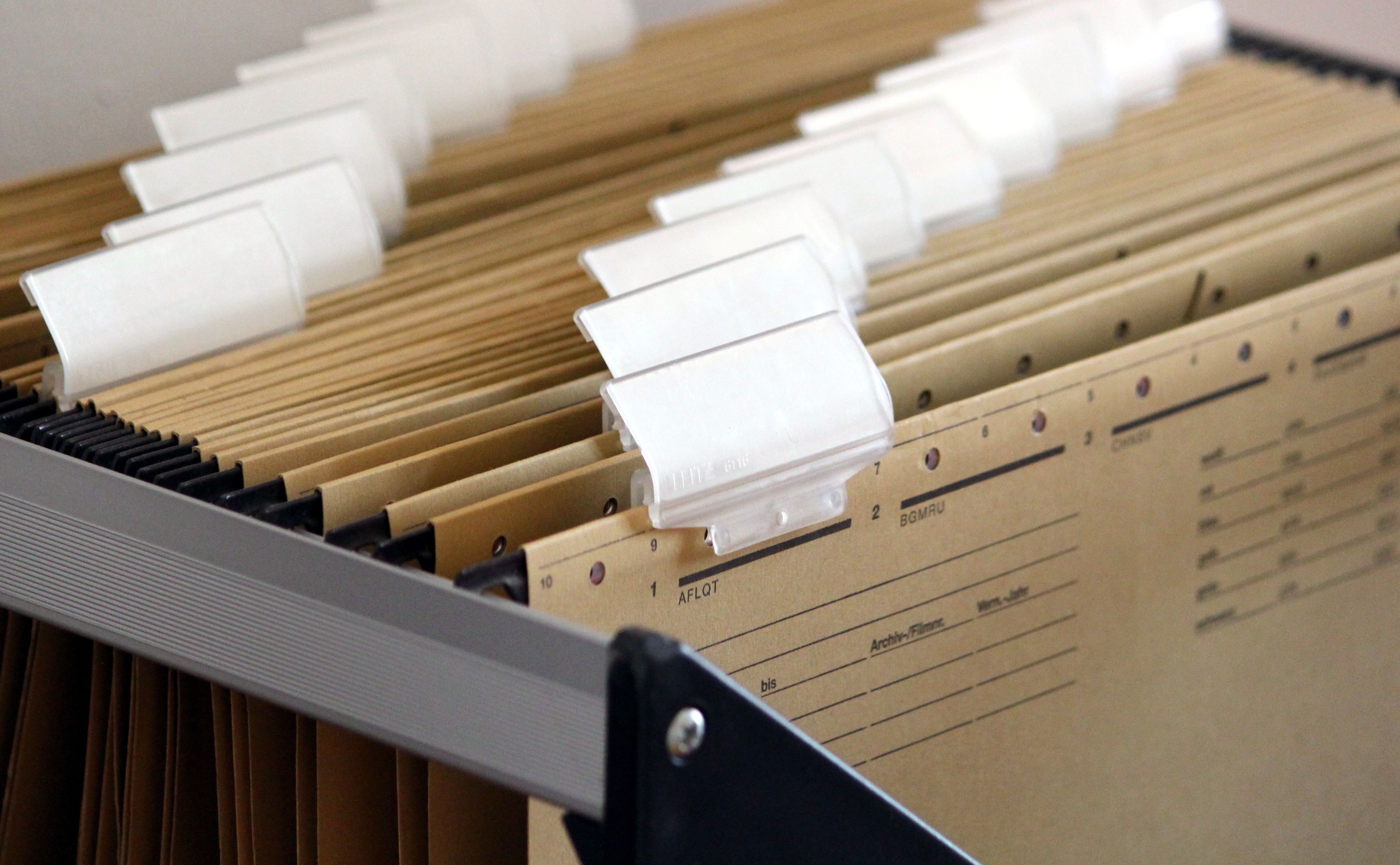Sheet music can be stored on shelves, in filing cabinets, and even digitally. It's important to organise your collection effectively, in a way that makes sense to you, minimises the risk of damage, maximises space, and facilitates easy access.
“How do I store sheet music?” It might seem like a simple question, but any musician who has even the most modest collection will know the horror of an unsightly stack of papers on a piano stool... They’ll know that there’s no straightforward answer.
Once you’ve sussed out the best way to buy your sheet music, storing your purchases presents a unique range of challenges. And that’s just the beginning. Once storing it has been dealt with, organising it is another matter altogether.
More than anything, the storage issue is complicated by the fact that both repertoire and publications vary greatly. There are more variables inherent in sheet music than in most types of published material. Size, instrumentation, edition, type of composition – the list goes on.
The good news is that finding solutions to these challenges can be hugely satisfying, if you like that sort of thing, that is. And if you’re reading this article then it seems safe to assume that you do.
Shelves and bookshelves
Shelves and bookshelves alike can hold just about anything, sheet music included. Given that there’s enough space, of course. You’ll want to make sure that your shelves are wide enough for your collection, and sufficiently deep and vertically spaced for the largest items in it.
This is our first obstacle. From huge conductor’s scores to minute study scores, sheet music comes in all shapes and sizes, and if you’re opting for shelves then this variety, common to most collections, will need to be accommodated.
Matters of size are complicated further by the even wider range of shelving options, so if you’re buying shelves or bookcases specifically for your sheet music then you should ensure that you carefully take measurements into account.
You might be forced to get creative with your placement. Horizontal storage may be necessary if there’s not enough space between shelves, or larger items horizontally and smaller ones vertically. If ease of access is important then stacking should be avoided, as it becomes harder to get at individual items.
You’ll want to make the most of your space, but it’s important that the music isn’t damaged – trying to pull a score from the bottom of a towering pile or forcing one into too small a space risks doing harm to your sheet music.
Organising sheet music on shelves
Once the physical challenge of finding a home for your sheet music has been sorted, the bibliographic obstacle appears. For some, organising sheet music is the really critical issue. The key to tackling it successfully lies in finding the right method to suit the particular needs of your collection.
Yet again, variety presents difficulties. As well as size being an issue, the specifically musical characteristics of sheet music come into play, too. Many collections will include orchestral scores, chamber music scores, vocal scores, parts, and potentially music for a range of different instruments.
Publishers will differ, too, and so will genres (symphony, concerto, sonata, piano reduction, pop song, etc.), and while some items might be lone works by one classical composer, some items might be compilations of works by ‘various artists’.
There’s no one-size-fits-all solution to organising such a range of music. Whether you organise by composer, instrument, or another category, you’ll have to find what works for you and your collection, and above all what allows you to quickly find what you’re after.
Many types of sheet music have very thin spines, too narrow for titles and composers to be written on them. Again, if ease of access is important then you’ll have to find a way of identifying these quickly – adding tags perhaps.
The majority of collections will contain loose sheets. Wallets or folders offer a good solution for these, but of course you’ll have to find some way of carefully arranging the contents as well as the wallets or folders themselves.
Filing cabinets
Another popular answer to the sheet music storage question is the filing cabinet. It might score poorly in a beauty contest, but its efficiency can’t be denied.
These come in handy particularly if the collection comprises mostly very thin items or loose sheets of paper. This kind of content is more readily organised securely and tidily in a filing cabinet than on shelves, but larger items in a collection won’t work with this kind of storage.
There’s a lot of space in a filing cabinet, and if you don’t have enough sheet music to fill it then the folders can spread, which can cause the sheet music to bend. In this case, just buy some filing cabinet dividers, specifically designed to prevent this from happening.
It's worth mentioning that there are specialised music cabinets out there, too, designed to house larger items of sheet music. If you're serious about storage then it might be worth investing in one.
Organising sheet music in filing cabinets
The filing cabinet’s built-in folders and labels might give you a head start when it comes to organising your sheet music, but those bibliographic challenges still apply.












